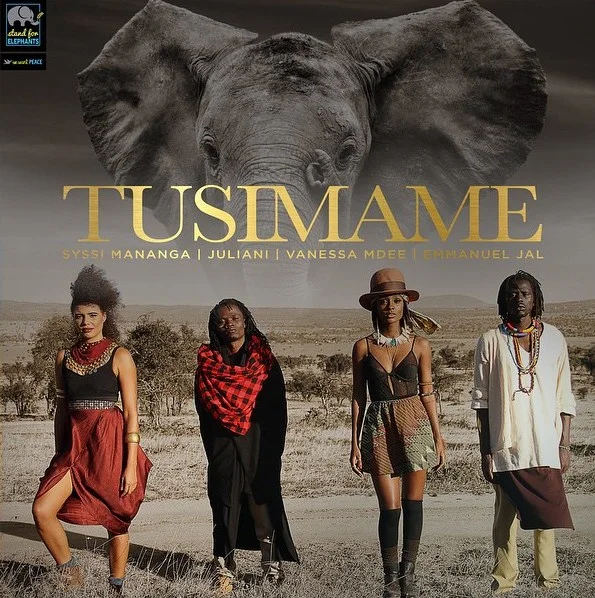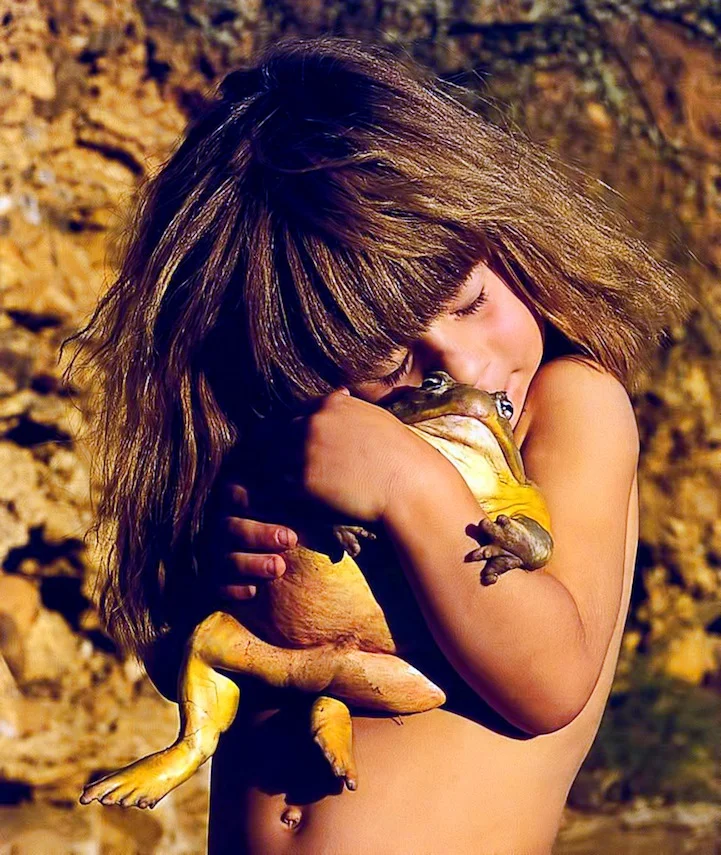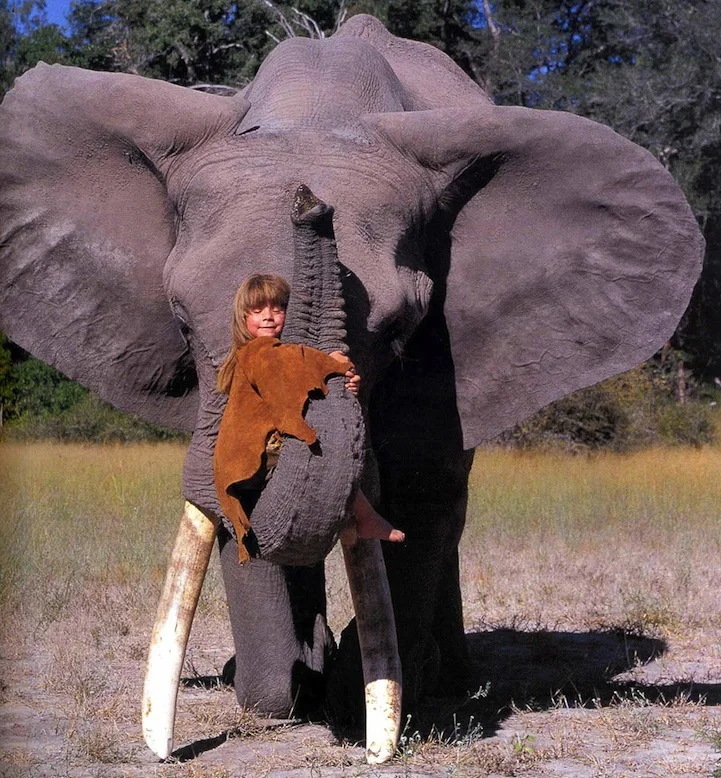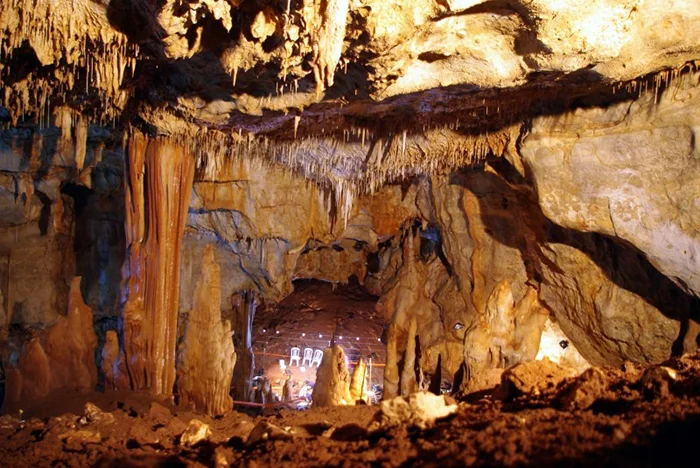Female Skull In Israel's Manot Cave Links Humans & Neanderthals 55,000 Years Ago AOC Muse
Israeli researchers published a critical article this week, arguing that a 55,000 years-old, female skull found in the Manot Cave of Israel’s Western Galilee is a crucial link in understanding the evolution of the human species. Scientists believe that the skull offers definitive proof that anatomically modern humans coexisted with Neanderthals in the same geographical area.
It’s widely accepted science that human origins date back about 200,000 years to Africa. However, there has not been agreement about which migration model of early Homo sapiens led to the population of our planet, accompanied by the extinction of Neanderthals.
The morphology of the skull indicates that it is that of a modern human of African origin, bearing characteristics of early European Upper Palaeolithic populations. This suggests that the Levantine populations were ancestral to earlier European populations,” said Prof. (Israel) Hershkovitz (of Tel Aviv University). “This study also provides important clues regarding the likely inbreeding between anatomically modern humans and Neanderthals.”
The Manot Cave, where the skull was unearthed, was discovered accidentally in 2008 when a bulldozer struck the cave roof, revealing a time capsule tens of thousands of years old. “This is a goldmine,” said Prof. Hershkovitz. “Most other caves are ‘disturbed caves,’ but this is untouched, frozen in time — truly an amazing find. Among other artefacts found there, the skull, which we dated to 55,000 years ago using uranium thorium methods, was astonishing. It provides insight into the beginnings of the dispersal of modern humans all over the world.”



























